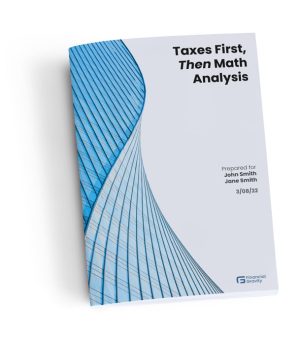FGAM Update July 2022
Insights and information from Dr. William R. Nelson, PhD, Chief Investment Officer of Financial Gravity
In this update, Dr. Nelson will discuss the critical importance of Real Risk alignment — the effort to find maximum agreement between an investor’s expectations and their lived experience. Dr. Nelson will also discuss inflation; its causes and cures and how the bond market can provide clues as to what may happen in the future.
Finally, Dr. Nelson will cover the economic principle of network effects. From Ma Bell to Meta, network effects can explain the success of some of America’s most successful companies.
Questions and Answers from the Market Update presentation
The following questions were submitted by attendees of the live presentation on July 21, 2022. Answers are provided by Dr. William R. Nelson, Chief Investment Officer.
Q: How does FGAM performance in the last year compare to other benchmarks?
A: Through June the S&P 500 Total Return is down 19.47%, 4 Alpha is down 25.18%, and 4 Beta Equity is down 15.73%. 4 Alpha owes a higher percentage of technology than 4 Beta Equity so it both appreciated more during the few prior years and pulled back more this year. 4 Alpha and 4 Beta Equity are designed to complement each other, by alternating over and underperforming the S&P 500 as 4 Alpha is more growth oriented and 4 Beta Equity is more value oriented.
Q: Given the increase in bond yields, how much bond duration risk would you take currently?
A: 4 Beta Fixed Income’s current effective duration is 4.89. The return for the year through June is -10.14%. The Vanguard Total Bond Market Index fund is down 10.7%. The Real Risk System uses 10% for bonds. As you can see, this 10% barrier was barely breached, which is understandable because inflation is also that at any time in the prior forty years.
Q: What do you think the real US inflation rate is? There’s no way the Government’s 8% is accurate?
A: “Real” inflation rate is a complicated concept. Inflation is typically calculated as the price increase on a basket of goods and services by the Bureau of Labor Statistics. That sounds simple. But, each person purchases a different combination of goods and services implying that each person has their own personal inflation rate. Furthermore, when the relative prices of goods and services change, the relative quantity purchased can change. For example, If my initial combination is one pound of Oranges at $1 per pound and one pound of apples at $1 per pound, but then oranges increase to $2 per pound and apples fall to $0.50 per pound, what is the effective inflation rate for me? If I still buy one pound of each, oranges and apples, then the cost rises from $2 to $2.50 equaling an inflation rate of 25%. But, if I shift my purchases toward the cheaper apples, so for the same $2 I get 4 pounds of apples maybe I’m better off and my experienced rate of inflation is negative. I don’t know whether the government’s estimate of inflation is objective or politically influenced, but per the analysis above people can experience inflation very differently as the cost of some goods and services can increase a lot while others might even fall during inflation.

